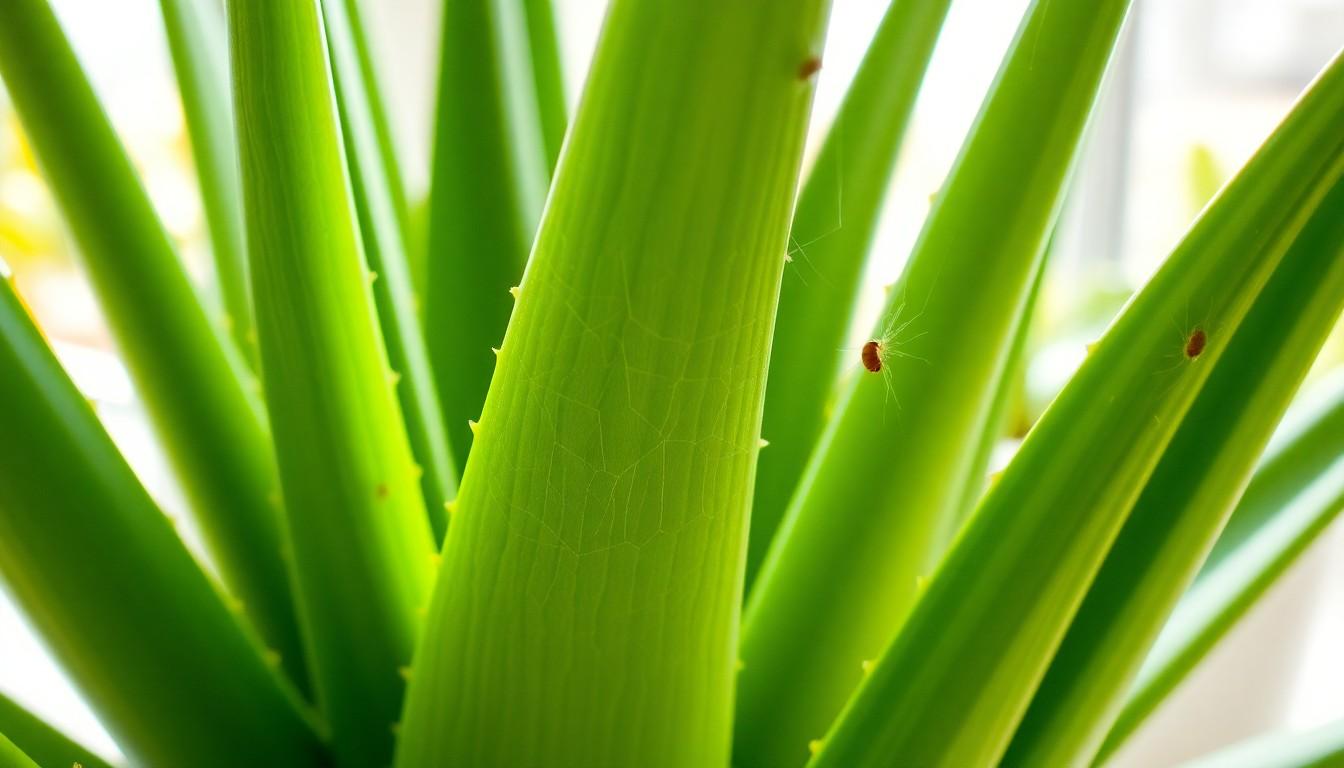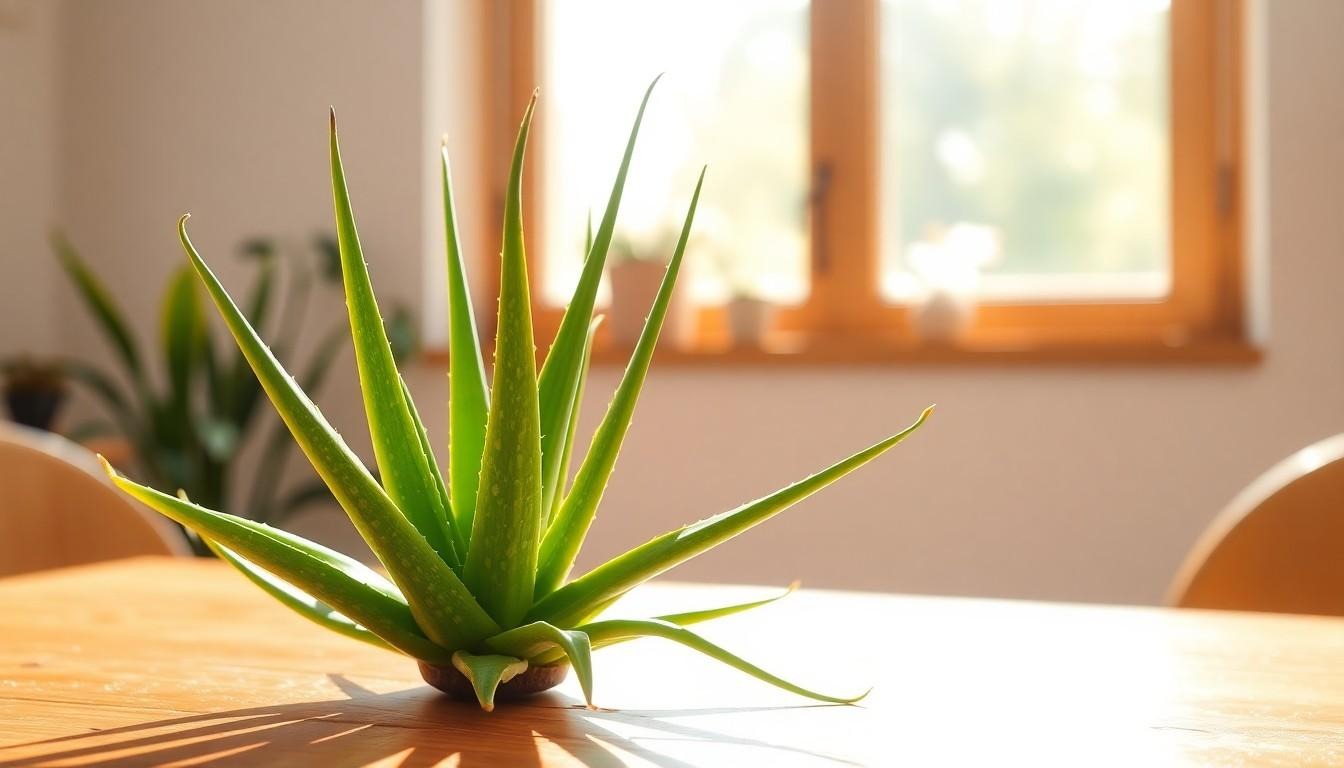Aloe vera is often hailed as the superhero of houseplants, known for its healing properties and easy-going nature. But even this resilient plant has its kryptonite. When it comes to aloe vera plant care, many find themselves facing unexpected challenges that can turn their green thumb into a wilted mess. From overwatering mishaps to pest invasions, the road to aloe vera success can be a bit bumpy.
Aloe Vera Plant Care Problems
Aloe vera may seem easy to care for, yet problems often arise that can affect its health. Two common issues include overwatering and underwatering.
Overwatering Issues
Overwatering stands out as a primary concern for aloe vera plants. Excess moisture in the soil encourages root rot, a condition that can kill the plant. Signs of overwatering include yellowing leaves and mushy stems. It’s crucial to assess the soil’s moisture level before watering. Allowing the top inch of soil to dry out significantly reduces the risk of overwatering. Using well-draining soil and pots with drainage holes also helps prevent water accumulation. Monitoring watering frequency during different seasons ensures proper hydration without excess.
Underwatering Challenges
Underwatering poses its own set of challenges for aloe vera. Insufficient water leads to dry, shriveled leaves. In severe cases, the plant may develop brown tips and lose vitality. To avoid underwatering, establish a consistent watering routine. Watering deeply and ensuring the soil receives enough moisture promotes healthy growth. Checking soil moisture regularly also guides proper watering practices. Adapting to environmental conditions, such as heat and humidity, provides the aloe vera plant with adequate hydration.
Pests Affecting Aloe Vera

Aloe vera plants can attract various pests that threaten their health. Identifying these pests early prevents severe damage to the plant.
Identifying Common Pests
Mealybugs appear as small, cotton-like masses on leaves and stems, siphoning sap and weakening the plant. Aphids, tiny and green or black, cluster on new growth, causing leaf distortion and vulnerability to diseases. Spider mites thrive in dry conditions, leading to webbing on leaves and stippling damage. Scale insects appear as hard, shell-like spots, which can also deprive the plant of nutrients. Regularly inspecting the plant for these signs helps detect infestations promptly.
Treatment Options
Applying insecticidal soap effectively removes mealybugs and aphids without harming the plant. Treating spider mites with neem oil can restore plant health while disrupting their life cycle. Using a cotton swab dipped in alcohol removes scale insects manually, effectively tackling the infestation. Regularly wiping leaves with water can also deter attackers. Each treatment method supports maintaining a healthy aloe vera plant.
Environmental Factors Impacting Growth
Environmental factors significantly influence aloe vera growth. Light requirements and temperature sensitivity are crucial for optimal health.
Light Requirements
Aloe vera thrives in bright, indirect sunlight. Inadequate light results in leggy growth and pale leaves. Supplementing with grow lights can help during darker months. An ideal location receives at least six hours of sunlight daily. However, direct sunlight exposure can scorch the leaves. Observing the plant’s response to light and adjusting its position can enhance growth.
Temperature Sensitivity
Aloe vera prefers temperatures between 60°F and 75°F. Sudden temperature drops cause stress, resulting in wilting or stunted growth. Cold drafts or frost can severely damage the plant. Warm environments encourage healthy growth, but excess heat poses risks too. Keeping aloe vera away from heating vents or air conditioning units prevents fluctuations. Monitoring and maintaining stable temperatures fosters a thriving environment.
Soil and Fertilization Concerns
Soil quality and fertilization practices greatly affect aloe vera health. Addressing these aspects ensures optimal growth.
Choosing the Right Soil
Selecting well-draining soil is crucial for aloe vera. A mixture that includes coarse sand or perlite enhances drainage. The recommended pH level for soil is between 6.0 and 8.0, which supports nutrient uptake. Potting mixes designed specifically for succulents may offer the right balance. Avoid heavy soils, as they retain moisture and can lead to root rot. Good drainage prevents water accumulation, safeguarding against overwatering and promoting healthier roots.
Fertilization Best Practices
Aloe vera benefits from minimal fertilization. Applying a diluted cactus or succulent fertilizer during the growing season supports robust health. Generally, fertilization should occur every four to six weeks. Concentrate on low-nitrogen formulations, which align with the plant’s needs. Over-fertilizing can lead to salt buildup, damaging the roots. If evident, flushing the soil with water may help remove excess salts. Adopting these fertilization practices ensures the aloe vera thrives without stress.

